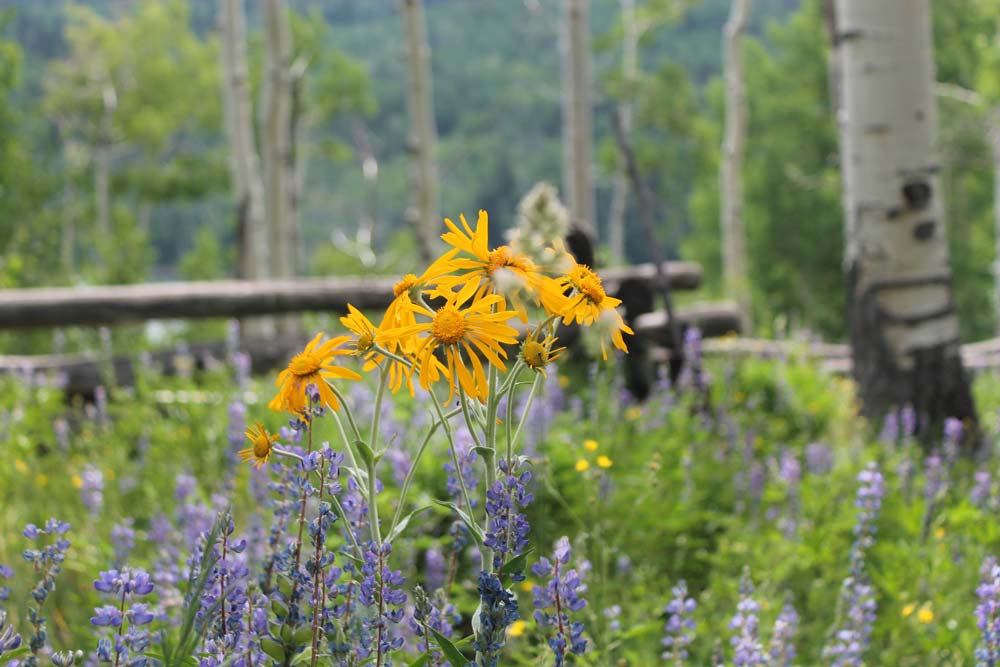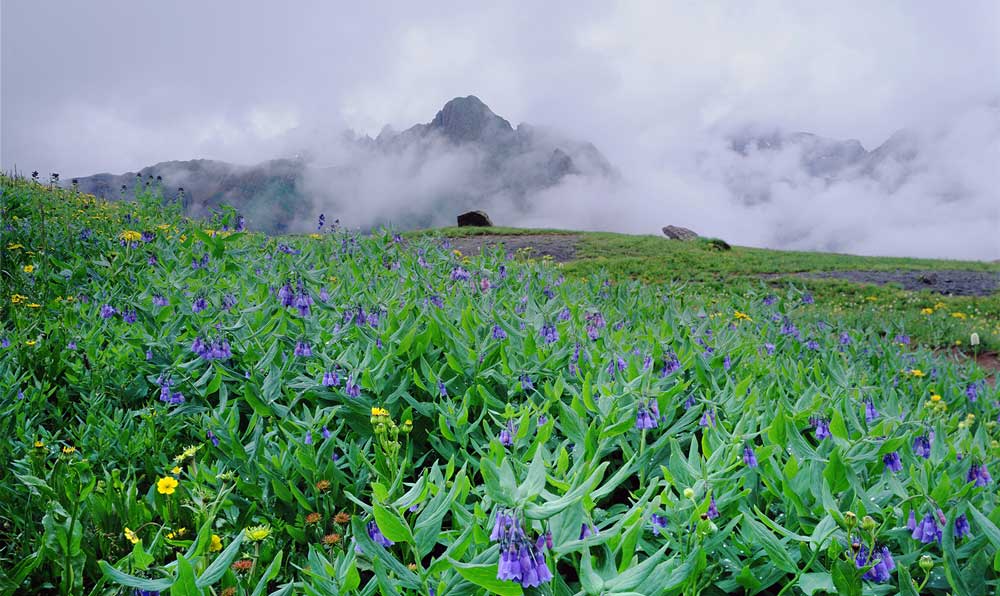This was written more than 25 years ago by the Rocky Mountain Herbalist Coalition of which I was a member. Even then I was starting to see some of our wild plants getting popular and no one growing them commercially. I started looking for plant analogues. I’m mostly a bioregional herbalist, I like to use what’s in my back yard first. If I can’t find what I want there, then widen my search. Having a background in the Sonoran and Chihuahua desert plants and having moved to Sedona Arizona 15 years ago, I now consider that my back yard as well. I’m attached to the plants and I know it. I get excited to see them.
As a wildcrafter of over 30 years, I’ve seen many areas shrink due to poor harvesting practices. As a teenager in southern Indiana, I would make my summer income collect wild american ginseng. I was taught by my friend, Ray Cotner, who was a retired military vet and ethical harvester. He taught me how to hide ginseng by nipping the tops in areas where it needed protecting. This would give it another year to grow. He always wore a bag of seed on his belt to plant where it looked like it should be growing. He knew the kind of trees it preferred and where to look to find it. Ginseng Panax quinquifolium is one of those plants that turn yellow in the fall making it very easy to find and poach on private land. Even on a full moon, it can be spotted easily. It’s fairly easy to tell how old the roots are by looking at the crown. Each ring represents a year of growth. It was common to find 15 to 25 year old roots, not so anymore. My family has over 500 acres and all my patches I used to tend are all gone. Now days even cultivated ginseng sells for over $200 a pound on eBay. Wild ginseng is very difficult to find as it is no longer available. We really should not be buying it or harvesting it at all. It needs to be left alone but many are still selling it to China, who love our ginseng. Woodsgrown is very close to wild as it also grows in the forest but is cultivated and left alone to grow on it’s own. This is all a very regulated industry now. It has to be because unchecked, we kept buying it and diggers kept harvesting it. It grows in counties where folk are not rich and make their living on selling wild herbs. Many young harvesters, not all, have not been properly educated by their elders on how to sustain the species for future yields. Now we have a plant in trouble. The same goes for golden seal Hydrastis canadensis root and black cohosh Actea racemosa. When you take a root, you kill the plant unless you leave some root pieces there. Sometimes even this doesn’t work.

I moved to the Colorado rockies and lived in the mountains for 35 years and have taught and harvested many wild plants of the area. Naturally I am focused on plant protection. Last year I took part of an ongoing osha’ research project funded by the American Herbalist Guild and University of Kansas under Kelly Kinscher. His team is plotting wild osha’ Ligusticum porteri stands in southern Colorado. Daniel Gagnon of Herbs Etc., Trish Flaster of Botanical Liasons, and myself are a part of the volunteer group working with him.
Many wild plants are harvested from their natural areas and do fine without too much fuss, providing you are conservative, leave enough to repopulate the area. Some of our more popular plants may not be able to regrow as fast as they are harvested. Here lies the problem. I’ve seen one area, a beautiful mountain side outside of Boulder that was once full of osha’ and now harbors a few spotty stands. It’s easy digging there. The same is true in southern Colorado outside Durango, with one old digger telling us the mesa he used to harvest osha’ on is now wiped out. Osha’ will regrow on it’s own if given a chance. Everything is finite on this planet. Here’s a few tips on mindful wild harvesting:
Never gather an endangered or threatened species, check your botanical garden for a list of these plants, or contact United Plant Savers for a national listing.
ID positively before harvesting, use identification keys and voucher specimens from your local herbarium.
Leave mature and seed producing plants, grandparent plants, within the plant communities and at the top of a hill to seed downslope.
Always leave the best looking plants to repopulate.
If you are unsure, harvest no more than 10% native and 30% naturalized plants and gather only from abundant areas.
Harvest around a periphery of a stand and never go to the middle. This is a pruning technique and you will encourage new growth.
There are many more considerations like site selection, taking care of the area after harvesting, making seasonal observations, suggested gathering times and proper drying procedures. For a complete guideline, contact me at contact@canyonspiritventures.com.
Get to know your local plants if you don’t already, visit your local herbarium, you’ll be amazed on how many species to a genus there are right in your own backyard. I always have fun and realized how blessed I really am.
For all our relations ~

